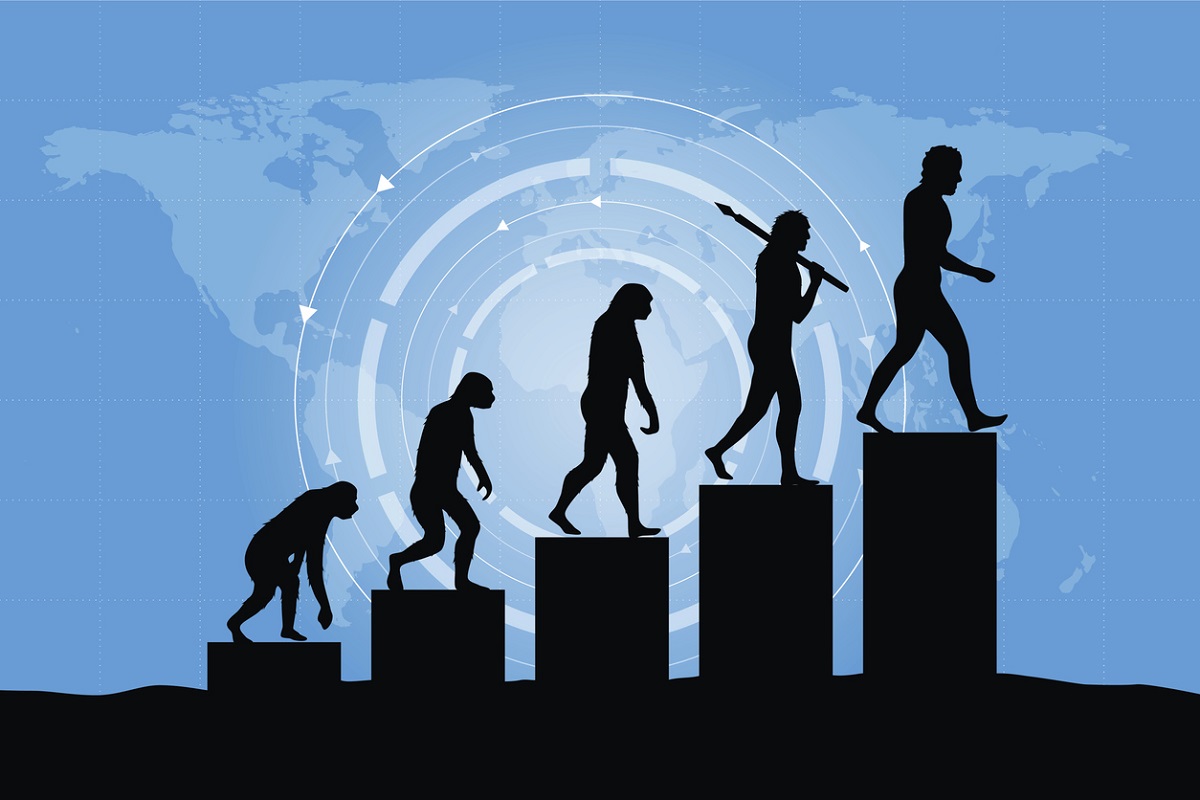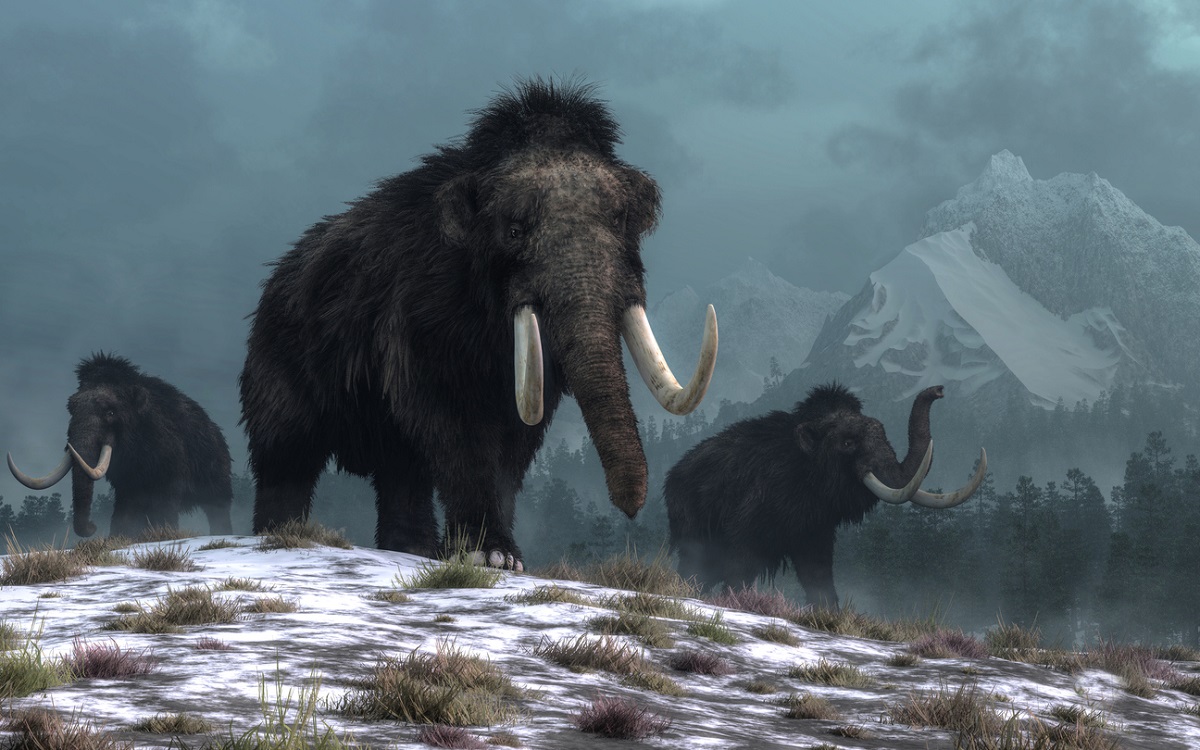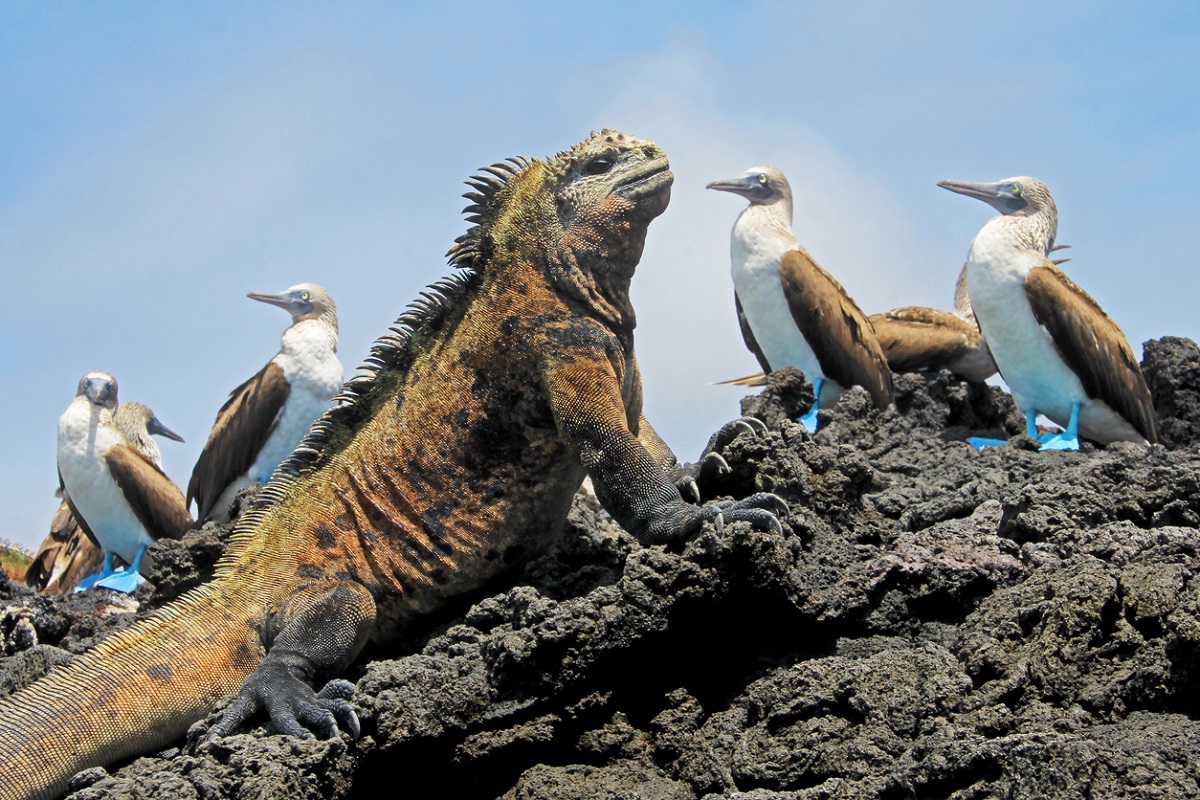Darwinian Genomics: Tracing Evolution Through Genome Mapping
| |
Mapping out genomes helps scientists understand how the genes of an organism translate into traits. But there is more to it than just comprehending how a single organism functions and adapts to its environment. It holds key information of how the organism interacts with other organisms, adapts to changes in its environment, and how it thrives for long-term survival. But to unleash the full potential of genomics, we need to view it not as a field of study that focuses on a single species but as a field of study that branches out to include other different scientific fields. This is discussed in the paper entitled Darwinian Genomics and Diversity in the Tree of Life published by the Proceedings of the National Academies of Science as part of its special feature on the Earth BioGenome Project.

Genomics is the field of science that studies the genetic make-up of organisms. ISAAA actively reports when a new genome, often of plants, has been sequenced because it is important to know the genetic makeup of an organism, a prerequisite in genome-editing. Knowing their genetic sequences allows scientists to identify which gene is responsible for a certain trait, which ones were lost over time, which ones were retained because it helps the organism thrive, and how different varieties of the same plant are related to each other. But this is only the beginning of studying genomics. Having a genome sequence at a scientist’s fingertips opens doors to numerous research possibilities that can help develop plants with improved traits, produce better medicine, and even map out the survival history of a species to better understand its adaptability and behavior.
Modern Comparative Genomics
Comparative Genomics is a branch of genomics that compares the genes of one organism to another to harness evolution and study the genome function. Comparing genomes of different species allows scientists to identify which genomic positions have resisted over long periods of time and which ones have changed relatively quickly. Studies show that the positions that resisted change are more likely essential for an organism’s survival while those that changed quickly may have helped the organism develop desirable phenotypes.
However, the field of genomics has been primarily focused on humans. The National Center for Biotechnology Innovation in 2016 has recorded that only 4% of animals and 2% of plants have a single representative in the genome assembly. Thus, a group of (international) scientists is proposing to expand the scope of genomics to include more non-human data. Their goal is to make every species on the planet a “model organism” by comparing their genomes and connecting genomic variation to changes in cells, organisms, and ecosystems and accelerate discoveries. In their example, they cited how hibernating mammals become obese and insulin resistant just before hibernation and emerge healthy afterwards. But this feat is not possible for humans. If the genomes of the hibernating mammals and humans were investigated, it is possible to discover new information to help treat obesity, diabetes, and heart disease. However, comparative genomics is not enough to accomplish this. Traits like hibernation are the results of complicated evolutionary processes. Organisms adapt to changes in their environment, and genomic variation shapes the organismal variation and function.

Darwinian Genomics
Mapping out genomes is just the first step to a whole field of investigation to understand the complex interactions of different species on the planet. The scientists highlighted that “if genomes are the source code of life, then the interpretation is an interaction between that code, the cellular machinery that reads it, and the environment in which it is manifested.” The scientists are then calling for a more Darwinian approach to genomics that will consider all life forms, the interactions among them and their natural environment to complement the new technologies for large-scale data collection that exist now and enhance how scientists study the natural world. This approach turns biology from being a single-investigator and hypothesis-based effort to a team-driven and discovery-based science. The Darwinian genomics approach integrates comparative genomics with cell and evolutionary biology, ecology, archeology, anthropology, and conservational biology – all of which are important to understanding and protecting the world we live in.
Achieving Darwinian Genomics
Considering how vast the approach is, the scientists found it important to identify the key steps on how to achieve it. This includes collaborations that span ethnic, geographic, and socio-economic backgrounds to improve data productivity and richness. However, its success depends on close communication, leadership, and open-mindedness. More importantly, its success requires interaction and appreciation of all the participants involved to encourage trust towards field scientists to make it easier to collect large and geographically dissimilar data sets to study evolutionary processes while benefiting communities.
This collaborative approach to genomics also depends on the open-data nature of genomics, noting that a single reference genome can capture culture-independent diversity but does not hold the answers to all the biological questions. However, sharing the data can support studies of different biological fields. Moreover, high-quality reference genomes open new discoveries even in well-studied genomes as functional assays are essential for investigating mechanisms of actions.

The approach also requires data collection that encompasses time. While collecting data from the present species is just as important, being able to collect data from specimens that are millions of years old supports epigenomic profiling of ancient specimens and may improve predictions of species resilience. For example, structural protein samples that were 3.5 million years old showed that the origin of the modern camel comes from the forested Arctic of the Mid-Pliocene period after it was sequenced, while a DNA sequence from a wooly mammoth in Siberia that lived a million years ago showed that North American mammoths probably descended from a hybridization event that enhanced their adaptability to cold climate. But while genomic data offers a glimpse into the past with the help of technology, the challenge is that it requires destructive sampling from specimens that are hard to come by.
To further understand the implications of genomics, it is also important to understand how phenotypes evolve. This can be done by comparing the same species found in different locations and environments, different species with shared traits, and outliers that have been able to adapt quicker than normal. For this, domesticated species are used as models. The Brassica crops that we know today like cabbage, kale, broccoli, Brussels sprouts, and cauliflower were all developed from one Brassica species. Using domesticated species as models helps researchers link phenotypes to genomic changes by combining genomic and non-genomic data such as the impact of environmental change that involves habitat, bioclimate, soil topography, and vegetation data. In turn, this allows for research and design of effective interventions for drivers of pest and disease spread that are currently experienced by farmers around the world.
Possibilities Unlocked
The Darwinian genomics approach gives scientists the genomics perspective that takes into account all species, contributes to numerous fields of sciences, encourages participation of everyone involved and transcends through time. It helps scientists explore the results of a natural biological experiment in the planet that has been occurring for billions of years. This natural biological experiment has produced various species that have since lived in different habitats and survived all kinds of environments. The importance of seeing genomics in this aspect is to understand how genomics shape organisms and ecosystems, therefore allowing scientists to develop scientific tools to document and protect biodiversity, which is one of the foundations of genomics. Harnessing the potential of all the data that can be gathered using this approach opens doors to scientific discoveries that can advance the survival and preservation of biodiversity to help advance medical research, achieve food security, and protect our planet.

Learn more about Darwinian Genomics by reading the special featured study published in PNAS.
To learn more about genomics, download ISAAA's Pocket K No. 15: 'Omics' Sciences: Genomics, Proteomics, and Metabolomics
| Newer Post | Archive | Older Post |
Science Speaks is ISAAA Inc.'s official blog. Weekly blog articles, authored by ISAAA writers, partners, and invited contributors, aim to help share, disseminate, and promote scientific knowledge and its vital role in achieving global agricultural sustainability and development. Your support to Science Speaks will help us achieve this goal. You can help us by donating as little as $10.

